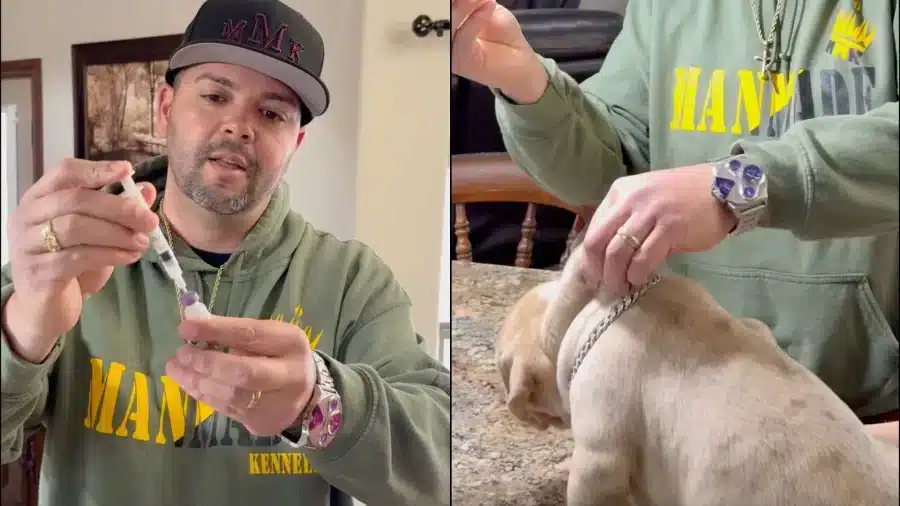Every dog owner should learn how to vaccinate a puppy at home. This skill ensures your puppy receives proper healthcare and is protected from common diseases like distemper and parvovirus. Administering vaccines at home is an essential aspect of preventive care that will save many pet owners money in the long run.
In this complete guide, we will walk you through everything you need to know about DIY puppy vaccination, from understanding the importance of vaccines to the step-by-step process of administering vaccines to your puppy.
Why Should I vaccinate My Puppy?

Vaccination is the foundation of preventive healthcare for puppies. Just as human babies receive immunizations to protect against diseases, puppies too need similar protection to live long, healthy lives.
Health Protection Benefits
Puppies are particularly vulnerable to various infectious diseases that can have severe, sometimes fatal consequences. Vaccines work by stimulating your puppy's immune system to recognize and fight specific pathogens. This preparation gives their body the tools needed to combat potential infections before they cause illness.
When you vaccinate your puppy, you're not just protecting them individually—you're contributing to the overall health of the pet community. This collective immunity helps reduce the spread of contagious diseases among dogs, creating safer environments for all pets to enjoy social activities.
Cost-Saving Advantages
While regular veterinary care is crucial, at-home vaccination can significantly reduce healthcare costs. Veterinary visits for vaccinations add up quickly, especially during the puppy stage when multiple vaccines and boosters are required. By learning to administer vaccines yourself, you can save hundreds of dollars while still providing essential protection for your puppy.
Additionally, DIY vaccination offers flexibility in scheduling. Rather than working around a vet's availability, you can administer vaccines at the optimal time for your puppy's health and your schedule.
What is the best vaccination schedule for puppies?
Creating and following a proper vaccination schedule is crucial for building your puppy's immunity effectively.
Core vs non core vaccines for dogs
Vaccines fall into two main categories: core and non-core. Core vaccines are considered essential for all puppies regardless of their lifestyle or geographic location. These protect against widespread, serious diseases that pose significant risks to canine health.
Non-core vaccines, on the other hand, are recommended based on specific risk factors, such as your puppy's environment, geographic location, or lifestyle. Your puppy may not need all non-core vaccines, making it important to assess their individual needs.
What is the interval between puppy vaccinations?
Most puppies begin their vaccination series between 6-8 weeks of age. Typically, vaccines are administered every 3-4 weeks until the puppy reaches about 16 weeks old. This schedule ensures optimal immune response as your puppy's system matures.
Booster shots are then generally required at one year of age, followed by regular intervals throughout adulthood. Keeping track of these timelines is essential for maintaining continuous protection against diseases.
Essential Vaccines Every Puppy Needs
Core vaccines for puppies and dogs
Every puppy should receive the following core vaccines:
- Distemper: Protects against a viral disease affecting the respiratory, gastrointestinal, and nervous systems.
- Parvovirus: Guards against a highly contagious virus causing severe gastrointestinal distress and dehydration.
- Adenovirus (Hepatitis): Prevents infectious canine hepatitis, which can cause liver damage.
- Rabies: Protects against this fatal neurological disease that can also affect humans.
Non-core Vaccines for Puppies and Dogs
Depending on your puppy's lifestyle and environment, you might consider these additional vaccines:
- Bordetella (Kennel Cough): Recommended for puppies who frequent dog parks, boarding facilities, or training classes.
- Leptospirosis: Important for puppies with outdoor access, especially in areas with wildlife or standing water.
- Lyme Disease: Crucial in regions where ticks carrying Borrelia burgdorferi are prevalent.
- Canine Influenza: Beneficial for dogs in social settings or areas with known outbreaks.
Consult with a veterinarian to determine which non-core vaccines are appropriate for your puppy's specific situation.
The Pros and Cons of At-Home Puppy Vaccination
Before deciding to vaccinate your puppy at home, it's essential to understand both the benefits and potential risks.
Advantages:
- Cost savings on veterinary visit fees
- Convenience and flexibility in scheduling
- Reduced stress for puppies who get anxious at vet offices
- Empowerment through taking an active role in your pet's healthcare
Potential Challenges:
- Responsibility for proper vaccine storage and handling
- Need for education on correct administration techniques
- Absence of immediate professional help if adverse reactions occur
- Legal considerations regarding certain vaccines (like rabies)
How to Give Puppies First Shots at Home
Essential Puppy Vaccination Checklist
Before attempting to vaccinate your puppy, gather these supplies:
- Appropriate vaccines for your puppy's age and needs
- Syringes and needles (typically included with vaccines)
- Alcohol wipes for disinfection
- Cotton balls or gauze pads
- Treats for positive reinforcement
- Sharps container for proper needle disposal
- Vaccination record cards or journal
Ensure all supplies are new, sterile, and appropriate for the specific vaccines you're administering.
Also Read Our: Comprehensive Checklist for New Puppy Owners 2025
Creating a Calm Environment
The vaccination experience should be as stress-free as possible for your puppy. Choose a quiet, comfortable location in your home where your puppy feels secure. Consider having a helper to gently restrain your puppy during the procedure.
Use a soothing voice and offer plenty of positive reinforcement before, during, and after vaccination. This helps create positive associations with the experience, making future healthcare easier.
Step-by-Step Guide to Administering Vaccines
Preparing the Vaccine
Most puppy vaccines come in a dual-vial system requiring reconstitution before use:
- Read the manufacturer's instructions thoroughly.
- Allow vaccines to reach room temperature if refrigerated.
- Draw air into the syringe equal to the amount of liquid in the first vial.
- Insert the needle into the first vial and inject the air.
- Withdraw the appropriate amount of liquid.
- Insert the needle into the second vial (powder) and inject the liquid.
- Gently swirl (don't shake) until completely dissolved.
- Draw the mixed vaccine back into the syringe.
- Remove any air bubbles by tapping the syringe and slightly pushing the plunger.
Proper Injection Technique
With the vaccine prepared, you're ready to administer it:
- Select the appropriate injection site – typically the loose skin between the shoulder blades.
- Clean the area with an alcohol wipe and allow it to dry.
- Gently lift the skin to create a "tent."
- Insert the needle at a 90-degree angle into the skin fold.
- Aspirate slightly by pulling back on the plunger to ensure you haven't hit a blood vessel.
- If no blood appears, slowly inject the vaccine.
- Remove the needle and gently massage the area.
- Reward your puppy immediately with treats and praise.
Dispose of the used needle and syringe in a proper sharps container, never in household trash.
Post-Vaccination Care and Monitoring
After vaccination, careful monitoring is essential to ensure your puppy's wellbeing.
Most puppies experience mild side effects, including:
- Temporary lethargy
- Slight fever
- Decreased appetite
- Mild swelling at the injection site
These symptoms typically resolve within 24-48 hours. Monitor your puppy closely during this time, ensuring they have access to fresh water and a comfortable resting area.
Watch for signs of more serious adverse reactions, such as:
- Persistent vomiting or diarrhea
- Difficulty breathing
- Facial swelling
- Collapse or extreme lethargy
Call a vet if you notice any of the above symptoms. Immediate emergency care may be required.
How to Maintain Puppy Vaccine Records
Proper documentation of your puppy's vaccinations is crucial for several reasons:
- It helps you track when booster shots are due.
- Records are required for boarding, grooming, and training facilities.
- Documentation is necessary for travel with your pet.
- Records assist veterinarians in providing appropriate care.
Create a detailed vaccination log including:
- Date of administration
- Type of vaccine given
- Manufacturer and lot number
- Expiration date
- Any reactions observed
- Date for next scheduled vaccine
Store these records in a safe, accessible location and consider keeping digital copies as backup.
Conclusion
DIY puppy vaccination represents an opportunity to take an active role in your pet's healthcare while potentially saving time and money. By understanding the importance of vaccines, following proper administration techniques, and maintaining thorough records, you can effectively protect your puppy from preventable diseases.
Remember that while at-home vaccination is a viable option for many pet owners, it comes with responsibility. Assess your comfort level honestly, educate yourself thoroughly, and don't hesitate to seek professional guidance when needed. Your puppy's health and wellbeing are worth the effort invested in proper vaccination care.
FAQs
1. Is it legal to vaccinate my puppy at home?
2. How do I store vaccines properly?
3. What if my puppy moves during the injection?
4. Can I administer multiple vaccines at once?
While veterinarians often give multiple vaccines in one visit, first-time home administrators should consider giving vaccines separately to better monitor for individual reactions.
5. How do I know if my puppy is having a severe reaction to a vaccine?
Severe reactions typically occur within minutes to hours after vaccination. Signs include facial swelling, hives, difficulty breathing, vomiting, diarrhea, or collapse. If you suspect a severe reaction, seek immediate veterinary care.
You Will Also Like
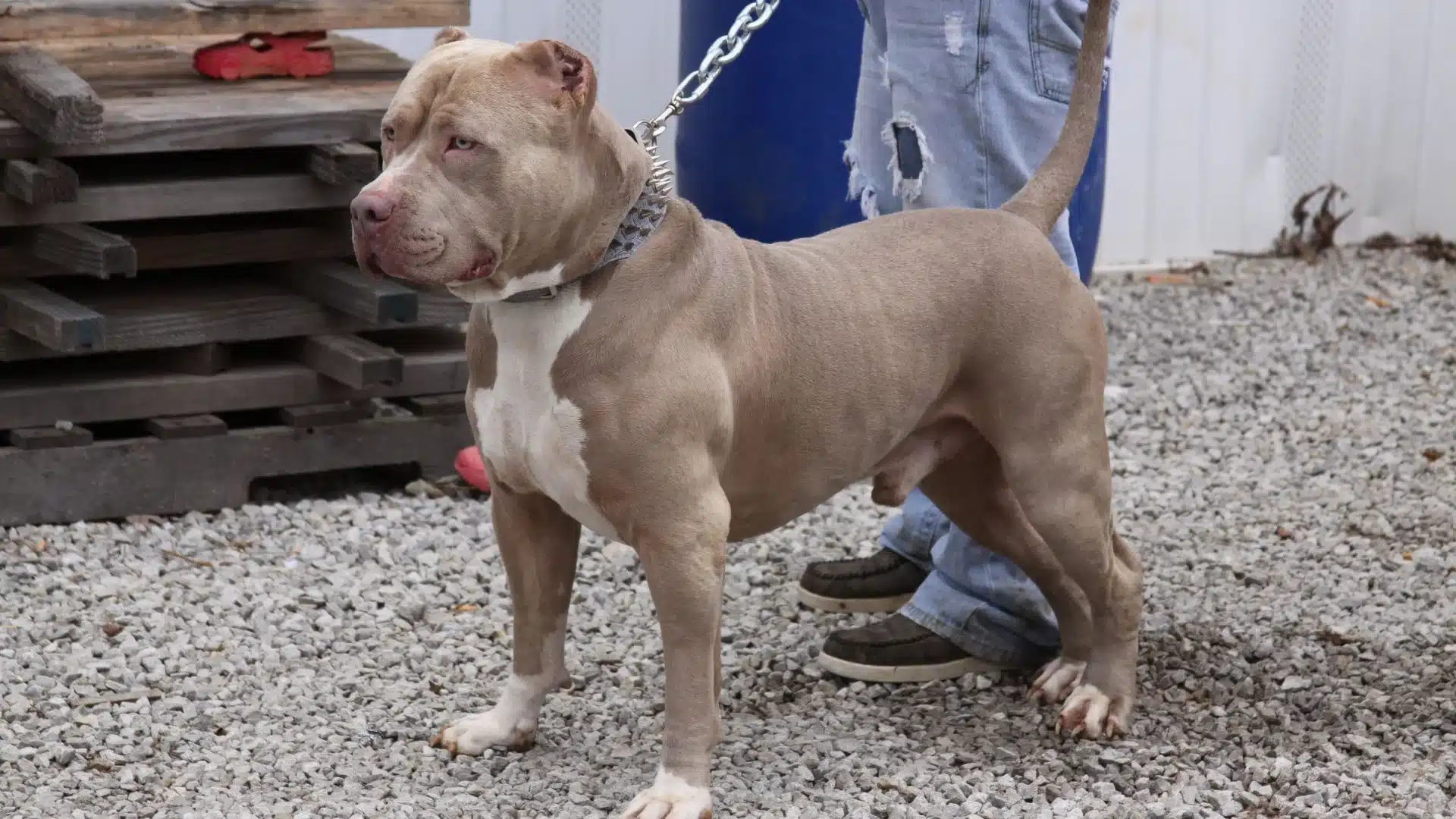
How to Choose the Best Stud Dog for XL Pitbull Breeding: A Complete Guide
Isaac
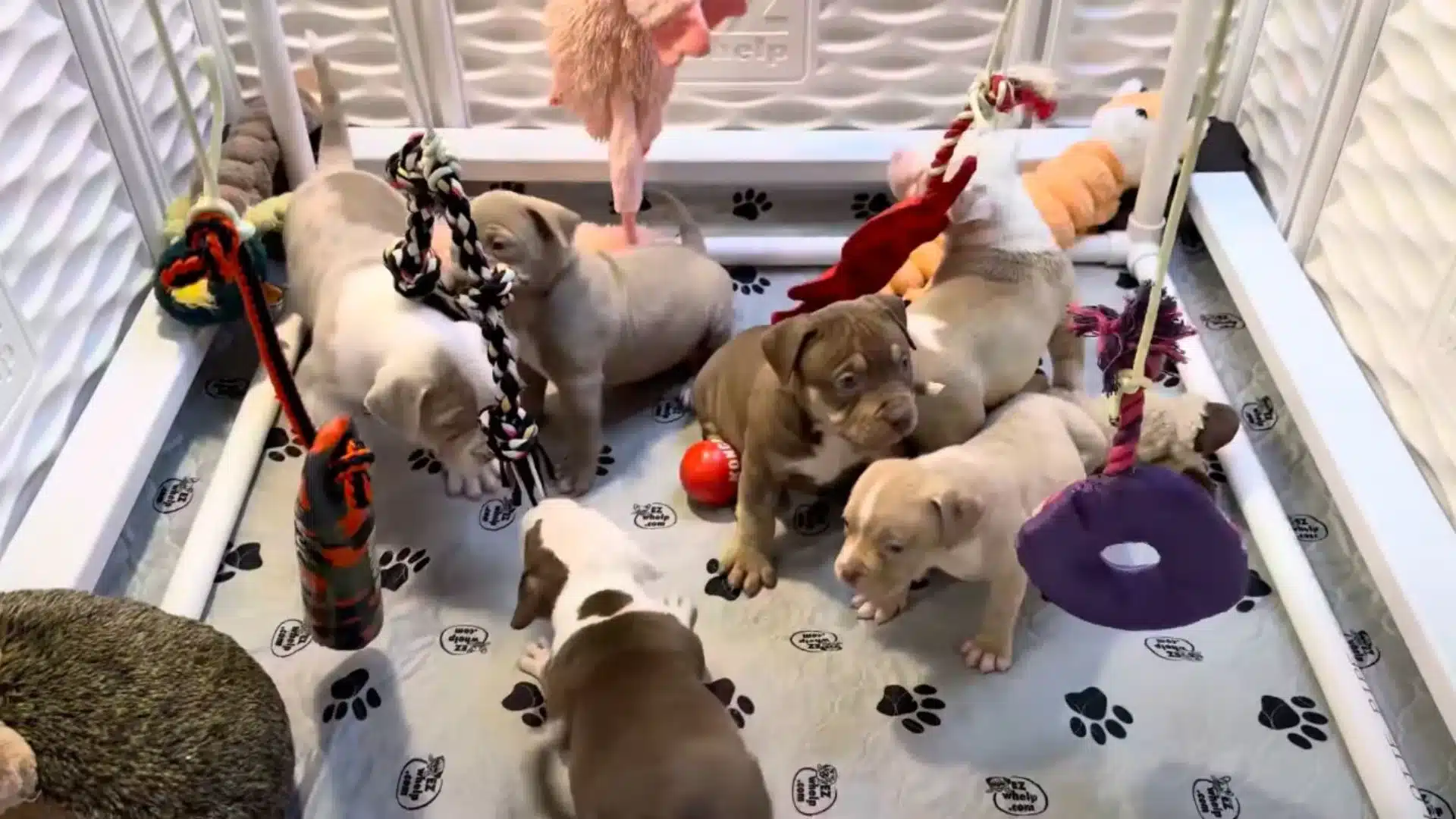
New Puppy Checklist: The Essential Guide for First-Time Owners in 2025
Isaac
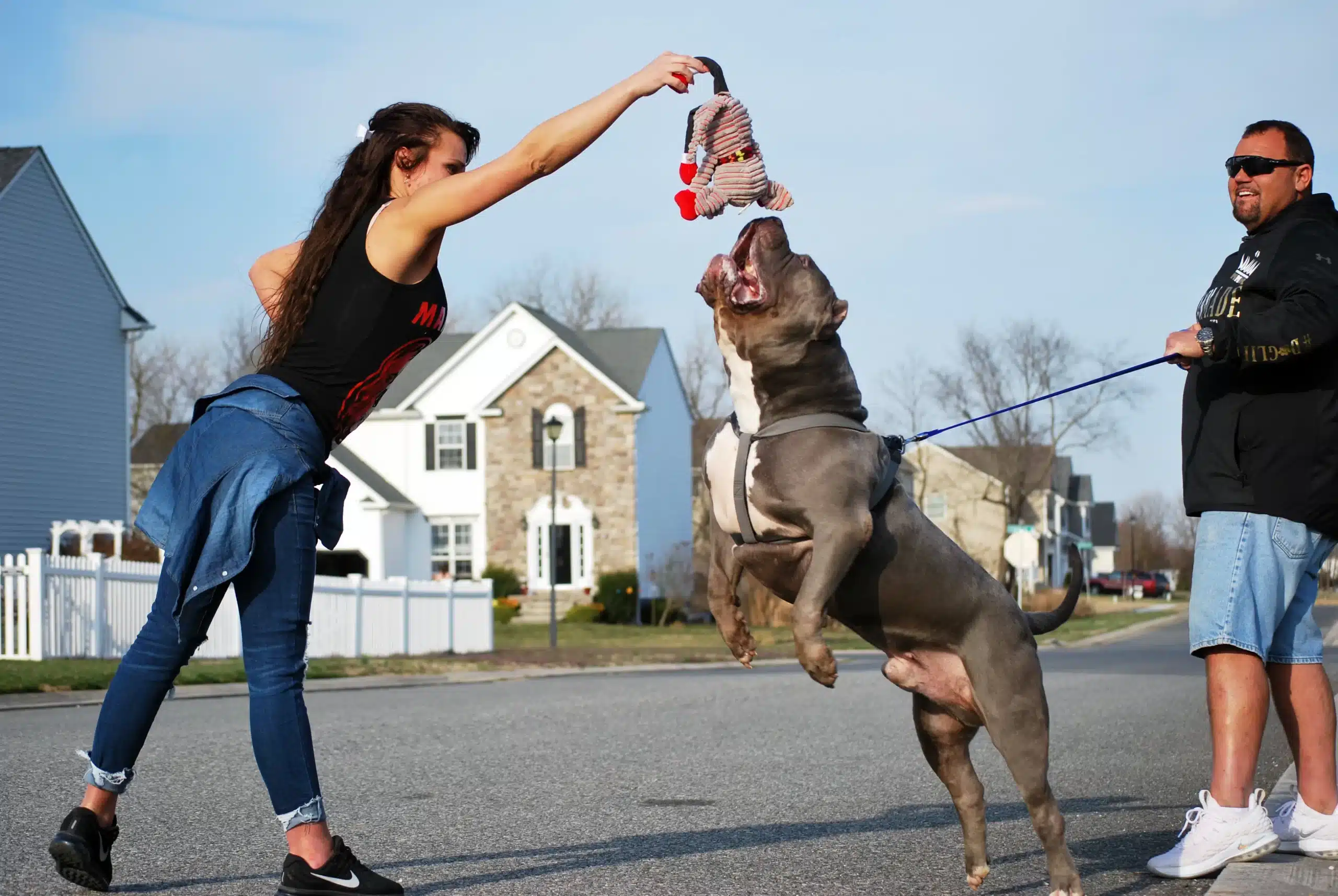
Are Pitbull Puppies Easy to Train? Top Tips for Successful Training
Isaac
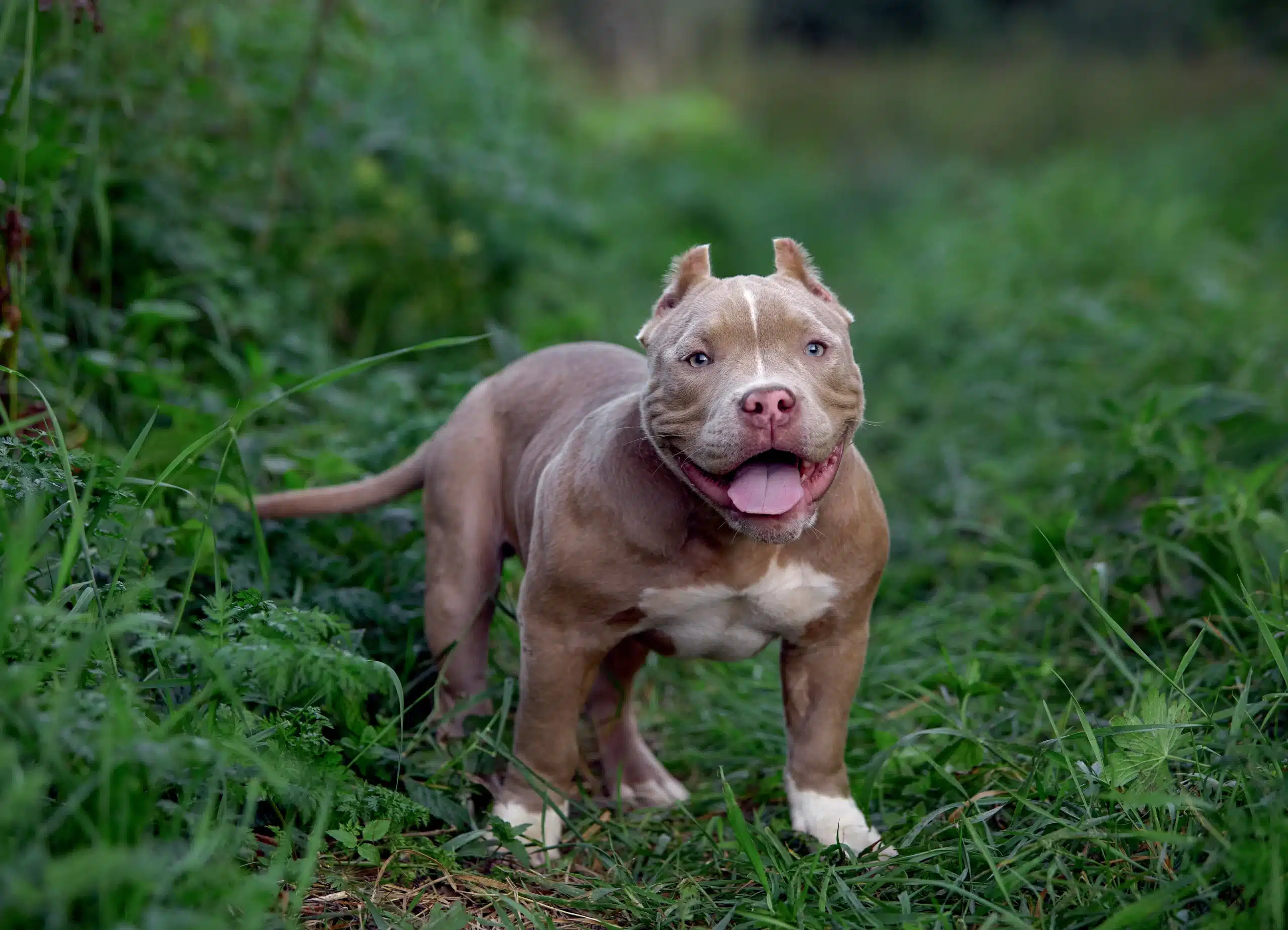
First-Time American Bully Buyer’s Guide: Expert Tips for Choosing Your XL Family Companion
Isaac

Christmas with American Bully: Creating a Safe Space for Your Furry Friend
Isaac

Christmas Safety Tips for XL American Bullies: Foods and Decorations to Avoid
Isaac
I am a highly skilled content writer and SEO expert with a passion for helping small businesses succeed in the digital world. With my extensive knowledge of the latest SEO techniques and strategies, I have successfully assisted numerous clients in improving their website rankings, generating more leads, and driving a significant increase in website traffic.
As a professional content writer and SEO expert, I am confident in my ability to contribute significantly to the success of small businesses. If you are seeking a results-driven, highly skilled digital marketer who can help you increase your ranking, convert new leads, and see a substantial improvement in website traffic, I would welcome the opportunity to collaborate with you.
Website: https://manmadewebsites.com/
Email: hello@digitalmarketingchap.com

